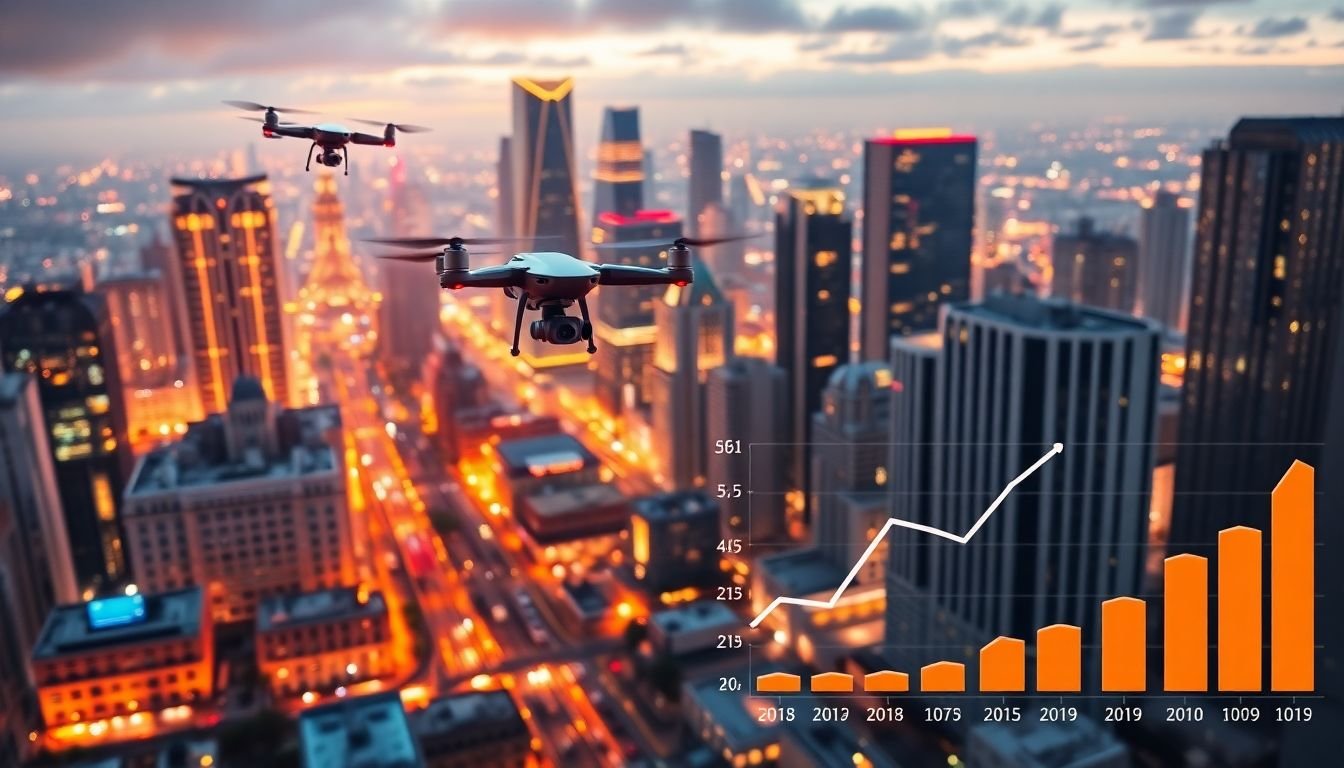
Table of Contents
In the dynamic landscape of digital marketing, one constant remains: video content reigns supreme. By 2024, it’s projected that video traffic will account for 82% of all consumer internet traffic (Cisco, 2021). But here’s the million-dollar question: are you leveraging this powerhouse medium to its full potential? Today, we’re diving into the crystal ball of ‘Video Marketing Trends 2024: 7 Types of Videos That Convert Viewers into Customers’.
Agree: You’re probably nodding your head, acknowledging the power of video. But here’s the thing
- not all videos are created equal. While some might rack up views, they might not necessarily translate into conversions. That’s where conversion optimization comes into play. It’s not just about getting eyes on your content; it’s about turning those eyes into paying customers.
Promise: By the end of this article, you’ll have a roadmap to customer acquisition in 2024. We’re not just talking about any customers
- we’re talking about the ones who are engaged, loyal, and ready to convert. We’ll explore seven types of videos that are set to dominate the scene, each with its unique way of driving viewers down the sales funnel.
Preview: So, buckle up as we fast-forward to 2024. We’ll start with the rise of interactive videos, then delve into the power of personalization, and explore everything from AI-driven content to the resurgence of live streaming. We’ll also discuss the importance of authenticity, the role of storytelling, and the impact of short-form videos. But most importantly, we’ll show you how to turn these trends into tangible results. Let’s get started!
Mastering the Art of Conversion Optimization in the Evolving Video Landscape
In the dynamic realm of digital marketing, few skills are as coveted as the art of conversion optimization, especially in the rapidly evolving video landscape. As video content continues to dominate online platforms, mastering the art of converting viewers into engaged, loyal audiences is not just an advantage, but a necessity. This involves a delicate dance of understanding your audience, crafting compelling narratives, and leveraging the unique features of video platforms to create experiences that resonate. It’s about more than just views; it’s about fostering connections, sparking conversations, and driving action. From optimizing thumbnails to crafting persuasive calls-to-action, every element of your video strategy can be fine-tuned to improve conversion rates. But remember, this is an art, not a science. What works today might not tomorrow, as algorithms change and viewer behaviors evolve. So, stay curious, keep learning, and always be ready to adapt. After all, in the ever-changing video landscape, the master is not the one who knows everything, but the one who learns continuously.

The Rise of Interactive Videos
In the dynamic landscape of digital media, a captivating trend has emerged: the rise of interactive videos. These are no longer passive viewing experiences, but immersive journeys that engage viewers like never before. Interactive videos, with their personalized experiences, are transforming the way brands connect with their audience and drive conversions.
The allure of interactive videos lies in their ability to break the fourth wall. They allow viewers to influence the narrative, making each viewing unique. For instance, Netflix’s ‘Black Mirror: Bandersnatch’ let viewers decide the story’s fate, creating a personalized experience for each viewer.
But how do these videos drive conversions? The key lies in their ability to gather data and provide tailored content. By tracking viewer choices, brands can understand their audience better, leading to targeted marketing strategies. For example, Nike’s ‘Nike Fit’ video allowed viewers to customize shoes, providing valuable data while offering a fun, interactive experience.
To harness the power of interactive videos, consider these best practices:
- Know Your Audience: Understand what your viewers want and tailor your interactive elements accordingly.
- Keep It Simple: Too many choices can overwhelm viewers. Start with simple, intuitive interactions.
- Storytelling Matters: Interactive elements should enhance, not detract from, the story.
- Test and Iterate: Gather feedback and data to continually improve your interactive videos.
As interactive videos continue to rise, they’re not just a trend, but a new way of storytelling that engages viewers and drives results.
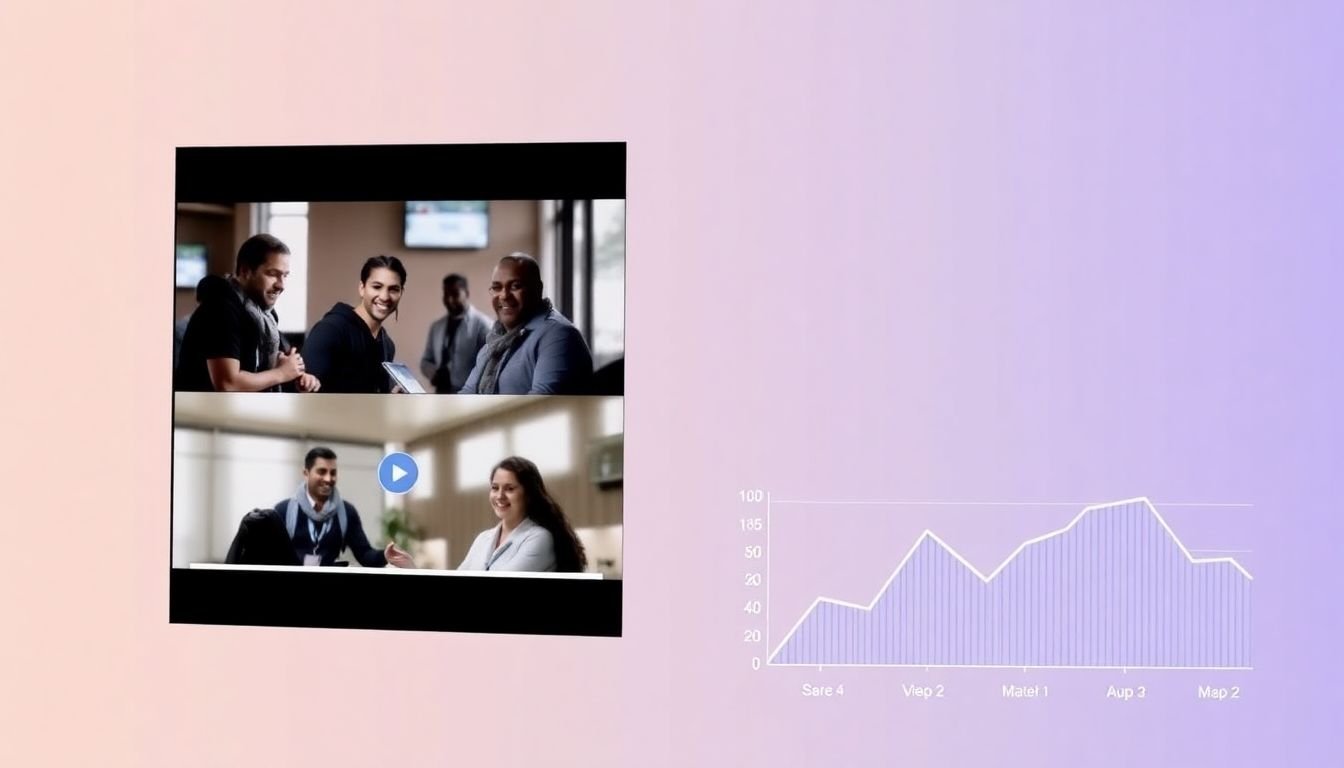
The Power of Personalization
In the digital age, the power of personalization has emerged as a formidable force, reshaping customer acquisition strategies, particularly in the realm of video marketing. Personalized videos, tailored to individual viewers, have proven to be a potent tool, capable of fostering deeper connections and driving engagement. This phenomenon is underpinned by three key elements: dynamic content, targeted messaging, and the strategic use of data. Dynamic content is the backbone of personalized videos. It’s the ability to adapt video content in real-time, based on viewer data. This could be as simple as inserting a viewer’s name into a video, or as complex as altering the video’s narrative based on the viewer’s browsing history. By making each viewer the star of the show, dynamic content creates a sense of exclusivity and relevance, drawing them in and keeping them engaged. Targeted messaging is another critical aspect. It’s about understanding your audience and speaking their language. Personalized videos allow for a level of specificity that traditional mass marketing cannot match. By segmenting your audience based on demographics, interests, or behaviors, you can craft messages that resonate on a personal level. This could mean addressing a viewer’s pain points directly, or highlighting products or services that align with their preferences. Data is the fuel that powers these personalized experiences. It’s the raw material that enables dynamic content and targeted messaging. By collecting and analyzing data, businesses can gain insights into their audience, understanding their needs, wants, and behaviors. This data can be sourced from various touchpoints, from social media profiles to purchase history, and it’s this wealth of information that allows for such precise personalization. The impact of personalized videos on customer acquisition is profound. They humanize brands, making them feel more approachable and relatable. They also drive action, with personalized videos seeing higher click-through rates and conversion rates than generic content. Moreover, they foster loyalty, with viewers who receive personalized videos reporting higher brand satisfaction and advocacy. In essence, the power of personalization lies in its ability to make each viewer feel seen, heard, and understood. It’s about creating not just a video, but a unique, tailored experience that resonates on a personal level. And in a world cluttered with content, that’s a powerful advantage indeed.
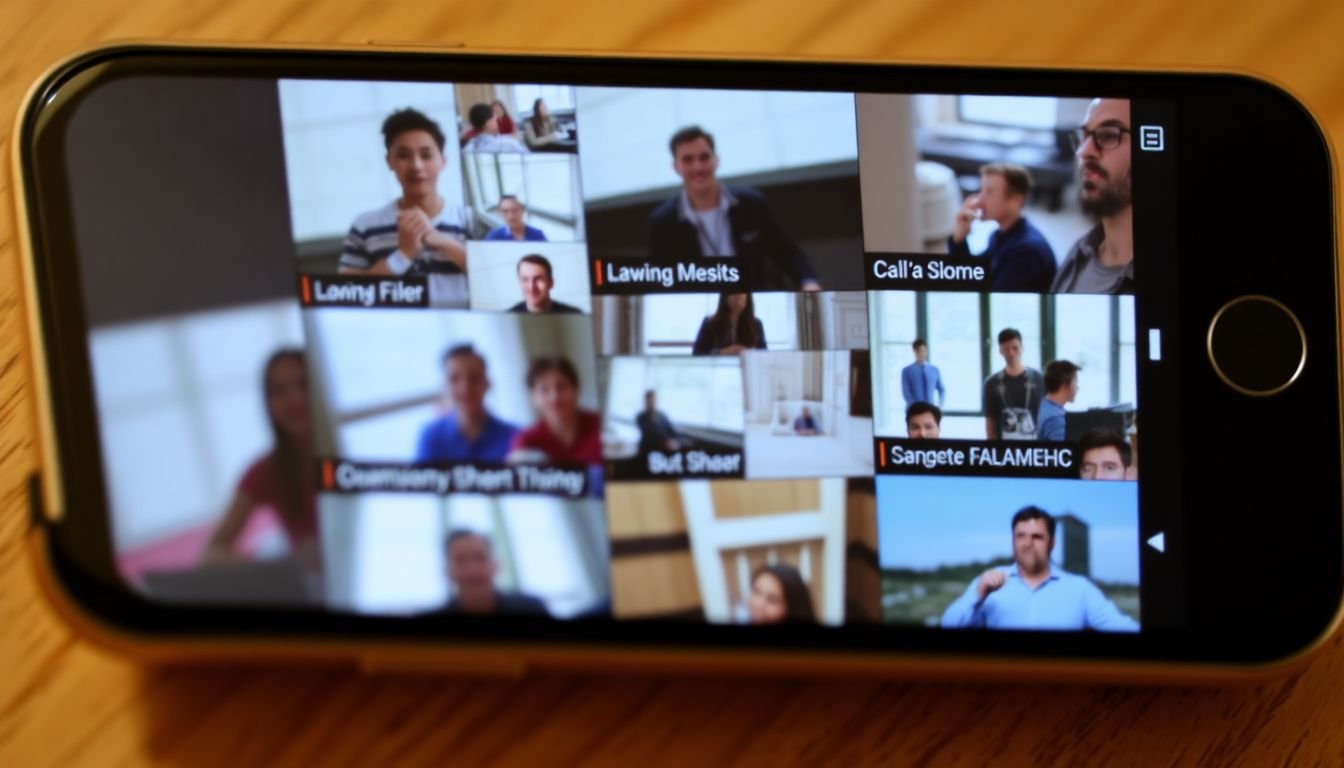
Short-Form Videos: The New Gold Mine
In the digital landscape, a new gold mine has emerged, sparkling with the potential to engage audiences and drive customer acquisition: short-form videos. These bite-sized clips, typically lasting 15 seconds to 2 minutes, have taken the internet by storm, with platforms like TikTok, Instagram Reels, and YouTube Shorts leading the charge.
The surge in popularity of short-form videos can be attributed to their accessibility and immediacy. In our fast-paced, scroll-happy culture, these videos offer a quick hit of entertainment, information, or inspiration. They’re perfect for snack-sized consumption, whether you’re commuting, queuing, or just taking a break.
But how can businesses tap into this gold mine? The key lies in understanding the platforms, formats, and strategies that make short-form videos so compelling.
Firstly, let’s consider the platforms. TikTok, with its vast user base and algorithm-driven ‘For You’ page, is a powerhouse for discovery. Instagram Reels, integrated into the familiar Instagram interface, offers a chance to reach an established audience. YouTube Shorts, meanwhile, leverages YouTube’s existing creator ecosystem and search functionality.
Next, consider the formats. Short-form videos thrive on trends, challenges, and storytelling that can be condensed into a few seconds. They’re about authenticity, creativity, and often, humor. For businesses, this means moving away from traditional, polished ads and embracing a more organic, relatable approach.
To succeed in this format, consider the following strategies:
- Jump on trends: Keep an eye on what’s trending and find a way to incorporate your brand into the conversation.
- Tell a story: Even in 15 seconds, you can tell a story. It could be a product story, a customer story, or a brand story.
- Engage with your audience: Respond to comments, encourage user-generated content, and create a community around your brand.
- Experiment with formats: Try out different styles, effects, and transitions to keep your content fresh and engaging.
Remember, the goal isn’t just to sell a product, but to create a connection. Be authentic, be creative, and most importantly, be yourself. After all, in this gold mine, it’s the unique nuggets that shine the brightest.
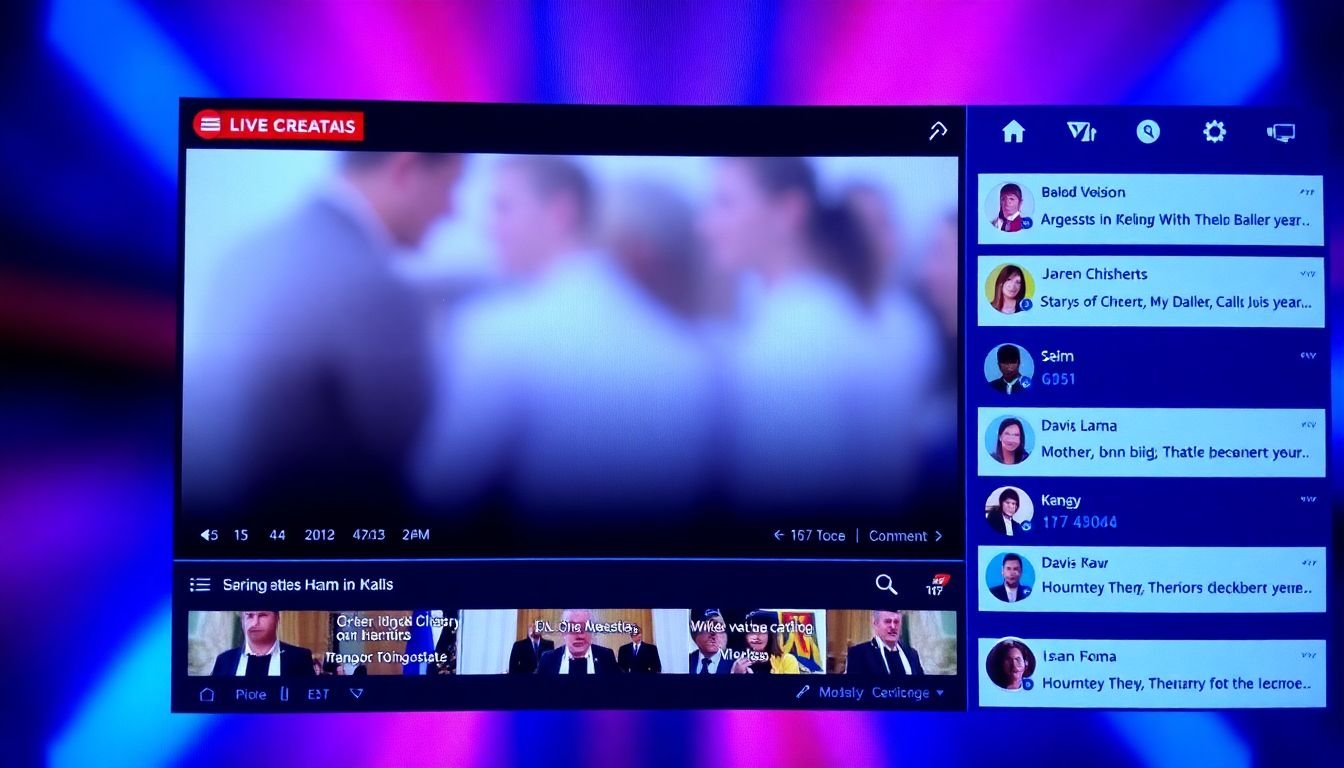
The Resurgence of Live Streaming
In the digital age, the resurgence of live streaming has emerged as a powerful tool, transforming the way we consume content and engage with brands. Live streaming, once a niche activity, has evolved into a mainstream phenomenon, with platforms like Twitch, YouTube Live, and Facebook Live leading the charge. This real-time, interactive experience offers more than just entertainment; it presents a unique opportunity for businesses to convert viewers into customers.
The landscape of live content is vast and varied, catering to diverse interests. From gaming and esports to music concerts and political debates, live streaming has democratized content creation, allowing anyone with an internet connection to become a broadcaster. Moreover, businesses are capitalizing on this trend, using live streaming for product launches, Q&A sessions, and behind-the-scenes exclusives.
Platforms facilitating this resurgence are numerous and innovative. Twitch, initially a gaming platform, has expanded to include creative content, music, and talk shows. YouTube Live, integrated with the existing YouTube ecosystem, offers extensive analytics and monetization options. Facebook Live leverages the platform’s social networking strengths, allowing live videos to be shared widely and instantly. Meanwhile, newer platforms like LinkedIn Live and Instagram Live are carving out niches in professional networking and short-form content respectively.
To harness the potential of live streaming, businesses should adopt best practices. Firstly, understand your audience and create content tailored to their interests. Consistency is key; regular live streams help build a loyal viewer base. Engage with your audience in real-time, responding to comments and creating a sense of community. Use calls-to-action to guide viewers towards your products or services. Lastly, analyze your performance using the analytics tools provided by these platforms to refine your strategy continually. Live streaming, when done right, can be a game-changer, turning casual viewers into dedicated customers.
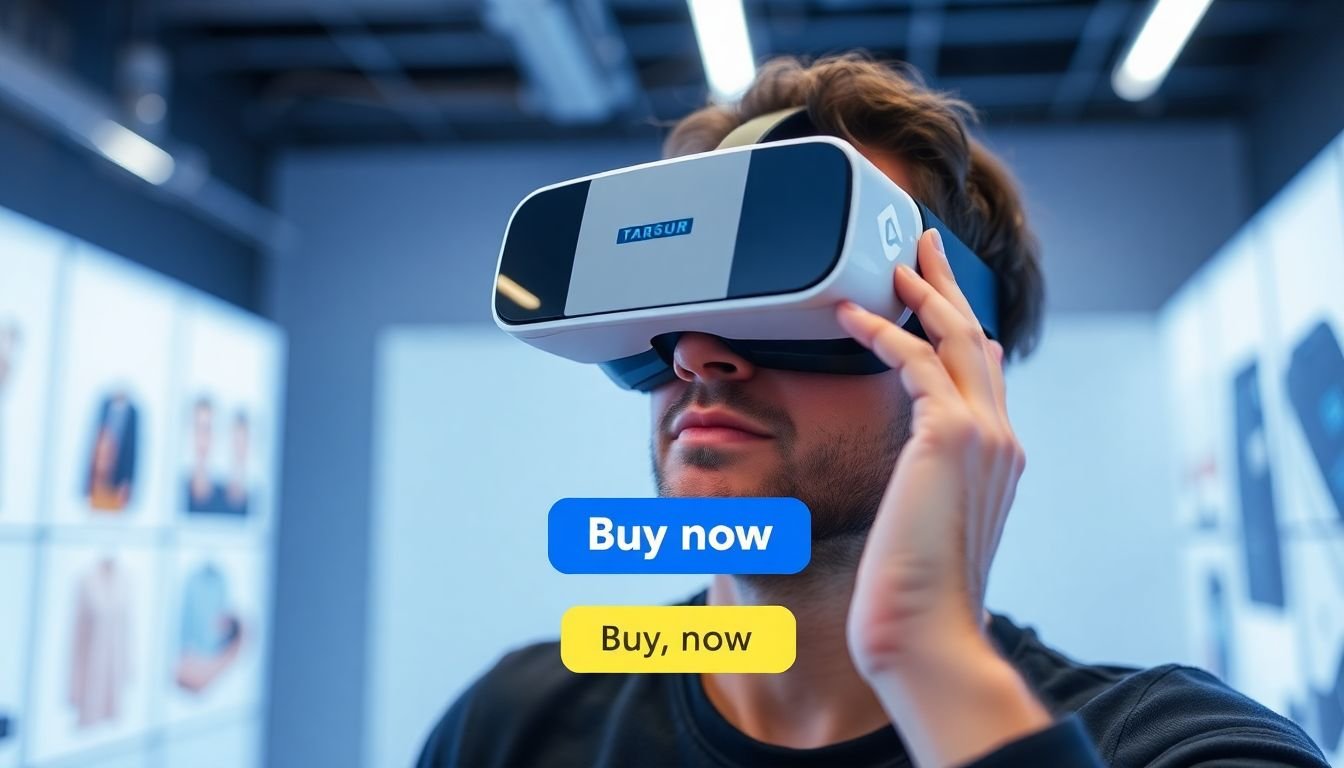
Augmented Reality (AR) and Virtual Reality (VR) in Video Marketing
In the dynamic landscape of digital marketing, Augmented Reality (AR) and Virtual Reality (VR) are emerging as powerful tools, transforming the way brands engage with their audiences, particularly in video marketing. These immersive technologies are not just about creating cool experiences; they’re about enhancing the customer journey and driving conversions.
The integration of AR and VR in video marketing is opening up new avenues for storytelling. Imagine a potential customer trying on a pair of shoes virtually before making a purchase, or exploring a holiday destination through a 360° video. These interactive experiences create a deeper connection with the brand, making the customer journey more engaging and memorable.
AR and VR can also provide valuable data for marketers. By tracking user interactions within these virtual environments, brands can gain insights into customer preferences and behaviors. This data can then be used to refine marketing strategies and improve the customer experience.
To leverage AR and VR in video marketing, consider the following steps:
- Identify your target audience and understand their preferences and behaviors.
- Develop a clear strategy on how AR or VR can enhance your brand’s message and customer experience.
- Create high-quality, engaging content that leverages these technologies effectively.
- Promote your AR/VR content through relevant channels to reach your target audience.
- Monitor and analyze user interactions to refine your strategy and improve future content.
As these technologies continue to evolve and become more accessible, they’re set to play an increasingly significant role in video marketing. By embracing AR and VR, brands can create immersive, engaging experiences that drive conversions and build lasting customer relationships.
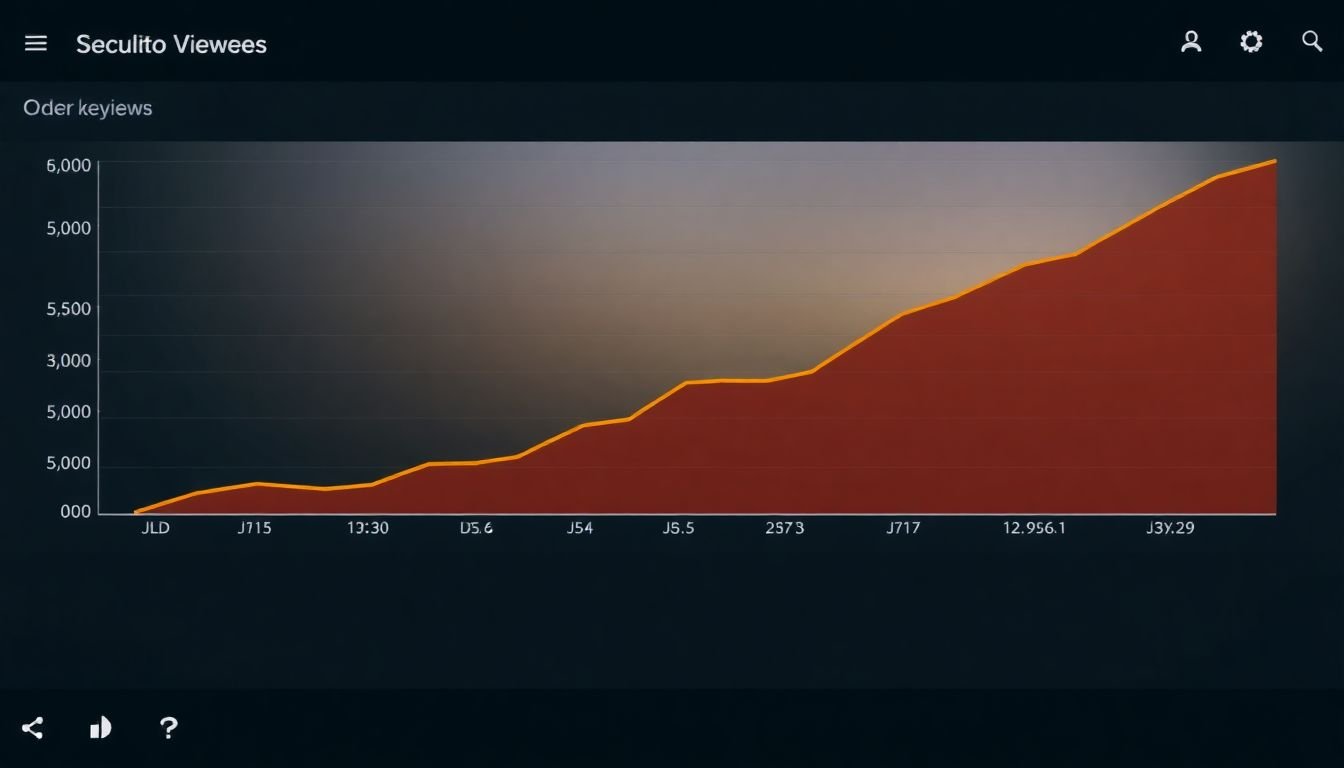
Video SEO: Getting Found in 2024
In the dynamic digital landscape of 2024, video content has emerged as a powerhouse, with users consuming more video than ever before. As we delve into the future of video SEO, it’s crucial to understand that search engines, particularly Google, have evolved significantly to accommodate this shift. They now prioritize video content, making it a vital component of any comprehensive SEO strategy.
The first step in optimizing videos for search engines is to understand that traditional SEO principles still apply. Keywords remain king, and they should be integrated naturally into your video’s title, description, and tags. However, in 2024, the game has changed. Search engines are now sophisticated enough to understand the context and content of your video, making it essential to create high-quality, engaging content that resonates with your audience.
To boost your video’s visibility, consider the following steps:
- Transcribe Your Video: Providing a transcript allows search engines to crawl and understand the content of your video, improving its chances of appearing in search results.
- Optimize Your Thumbnail: A compelling thumbnail can significantly increase click-through rates. Ensure it accurately represents your video’s content and is optimized for different screen sizes.
- Encourage Engagement: Search engines favor videos that generate engagement, such as likes, shares, and comments. Encourage viewers to interact with your content by asking questions or prompting them to share their thoughts.
- Leverage Video Hosting Platforms: Platforms like YouTube and Vimeo have their own search engines and can significantly boost your video’s visibility. Optimize your videos for these platforms and consider using their analytics tools to gain insights into your video’s performance.
In conclusion, the future of video SEO lies in creating high-quality, engaging content that resonates with your audience. By understanding and implementing these strategies, you can increase your video’s visibility, drive organic traffic, and stay ahead in the ever-evolving landscape of video SEO in 2024.

The Future of Video Marketing: Predictions and Trends
In the dynamic world of digital marketing, video has emerged as a powerhouse, and its future promises to be even more vibrant and innovative. As we gaze into our crystal ball, several trends and predictions for the future of video marketing begin to take shape.
The first trend we foresee is the rise of interactive videos. Imagine a world where viewers can influence the narrative, choose their own adventure, or even shop directly from the video. This interactive experience not only engages audiences but also provides valuable data for businesses to understand their customers better. To prepare, start exploring platforms that support interactive videos and brainstorm ways to incorporate interactivity into your brand’s storytelling.
Next, we predict an increase in the use of AI and machine learning in video marketing. AI can help create personalized video content, optimize video length and content based on viewer behavior, and even generate captions and subtitles. To stay ahead, familiarize yourself with AI tools and consider how they can enhance your video marketing strategy.
Another trend we anticipate is the growth of vertical videos. With the rise of mobile-first platforms like TikTok and Instagram Reels, vertical videos are no longer an afterthought but a necessity. Start experimenting with vertical video formats to reach a wider audience and stay relevant on these platforms.
Lastly, we predict that authenticity and storytelling will become even more crucial. Consumers are craving real, human connections, and videos that tell a compelling story can foster this. To prepare, focus on creating authentic content that resonates with your audience and tells your brand’s story in a meaningful way.
In conclusion, the future of video marketing is bright and full of exciting possibilities. By staying informed, experimenting with new trends, and always keeping your audience at the heart of your strategy, you can stay ahead of the curve and make a lasting impact.
FAQ
What are the top video marketing trends expected to dominate in 2024?
How can I optimize my videos for better conversion rates?
What role do customer testimonials play in video marketing?
How can I leverage video marketing for customer acquisition?
What are some effective video formats for customer acquisition?
- Educational videos: Tutorials, how-to’s, and webinars that provide value and establish your brand’s expertise.
- Storytelling videos: Branded content that evokes emotion and connects with viewers on a personal level.
- Product videos: Demonstrations, comparisons, and reviews that highlight the benefits and features of your products or services.
- Live videos: Q&As, interviews, and behind-the-scenes content that fosters engagement and builds relationships.
How can I measure the success of my video marketing efforts?
What are some best practices for creating engaging video content?
- Know your audience: Understand their preferences, behaviors, and pain points to create relevant content.
- Keep it concise: Most viewers have short attention spans, so keep your videos to the point and engaging throughout.
- Use high-quality visuals and audio: Invest in good equipment and editing tools to ensure your videos look and sound professional.
- Be consistent: Establish a consistent brand voice, style, and posting schedule to build an audience.
- Encourage viewer interaction: Ask questions, run contests, and respond to comments to foster engagement.